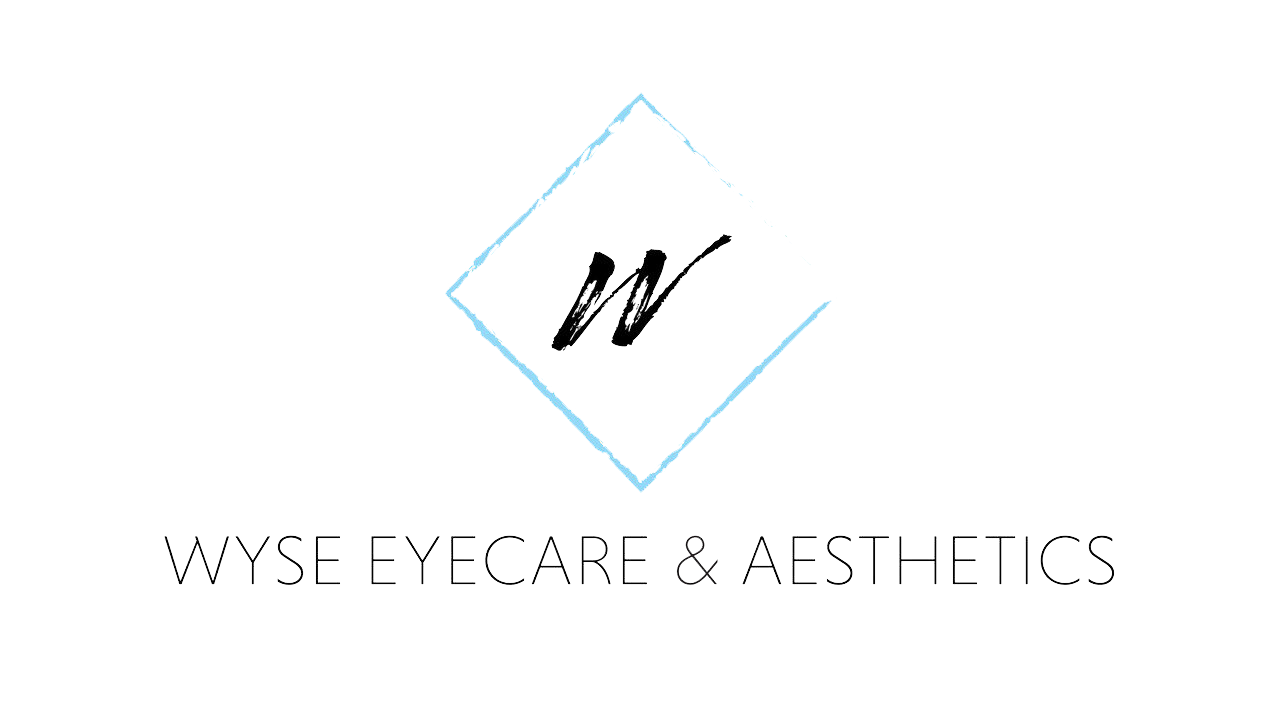Laser Cataract Surgery
What is laser cataract surgery?
Laser cataract surgery uses femtosecond laser to perform part of the cataract surgery. In traditional cataract surgery, ultrasound is used to break up the natural lens of the eye. Then the pieces of the lens are aspirated using a tiny device like a vacuum cleaner. One of the key benefits of the laser is that it can break up the lens into tiny pieces before the ultrasound part of the procedure. Ultrasound is then used (as it is in traditional cataract surgery), but much less ultrasound energy is needed to remove the lens as it has already been fragmented. This is gentler on the cornea (the front part of the eye).
The laser can also make incisions in the cornea and open the front of the capsule that contains the cataract. The laser has a built-in imaging device (optical coherence tomography) which is able to obtain real-time 3D images of the eye during surgery. Corneal incisions made by the laser to reduce astigmatism (Limbal Relaxing Incisions) are therefore made with excellent precision.
Laser use during cataract surgery is not fully covered by insurance. For some patients it may be offer a significant advantage, depending upon the status of their eye. For others, it may not make a noticeable difference in outcome. There are certain situations in which the laser may be especially helpful (see below). Your doctor will assess this and may or may not suggest Femtosecond laser assisted cataract surgery as an option for you.
While laser assisted cataract surgery has some advantages especially in certain situations, it is not always recommended. In highly anxious patients, or those whose pupil does not dilate well, or those with a small opening between the upper and lower lid, laser is often not recommended. The pupil must dilate adequately for the laser to be used. The space between the upper and lower lid has to be large enough for the laser to “dock” on the eye. During the laser part of the cataract surgery only a small amount of sedation can be given, so even though there is no pain, anxious patients may not be good candidates for this technology. Your doctor will evaluate all of these factors before making a recommendation.
When might laser assisted cataract surgery offer advantages?
Both traditional and laser-assisted cataract surgery can provide excellent results. In some situations, laser-assisted surgery may provide an advantage.
For correcting smaller amounts of astigmatism
If there is astigmatism that would be overcorrected with a Toric IOL but is still significant enough to require correction in glasses if left uncorrected, laser assisted reshaping of the cornea is a great option. While larger amounts of astigmatism are more effectively corrected with a Toric IOL, smaller amounts of astigmatism are addressed with Limbal Relaxing Incisions. These incisions are created in the cornea to reshape the cornea and thereby reduce astigmatism. Traditionally performed using hand-held blades, these correcting incisions can now be performed using the laser. While either method of creating limbal relaxing incisions works well for small amounts of astigmatism, the laser may provide more precise astigmatism correction in some eyes.
For very dense cataracts
During surgery, the cataract is broken into tiny pieces which are then removed through a tiny corneal incision. Breaking up a dense cataract requires much more ultrasound energy during traditional cataract surgery. This energy is stressful to the other eye structures, particularly the overlying cornea. This can cause the cornea to swell and become less clear. The laser can break up the lens so that much less ultrasound energy is needed during surgery. This is safer for the cornea if the lens is very dense, and allows for faster visual recovery.
For eyes with certain corneal problems
Some corneas are less healthy and more fragile than others. For these eyes, minimizing the amount of ultrasound energy delivered to the eye is safer. Ultrasound energy can cause the cornea to swell and become less clear. The laser can break up the lens so that much less ultrasound energy is needed during surgery. This is safer for a more fragile cornea and allows for faster visual recovery.
For eyes with conditions that make the lens less stable
The natural lens (cataract) is attached to the inside of the eye with tiny fibers called zonules. These attachments can be weaker and less stable in certain conditions such as pseudoexfoliation, a history of eye trauma, and previous surgery on the eye. When the laser energy is used to break up the lens, there is much less stress placed on the zonules than with traditional ultrasound. This reduces the risk of complications in eyes with unstable lenses.
For eyes with very Narrow Angles
In patients with “narrow angles”, there is very little space between the cornea (the front surface of the eye) and the lens. For this reason, the ultrasound energy used to fragment the lens is more traumatic to the overlying cornea. In an eye with a very narrow angle, it may therefore be beneficial to use the laser to pre-soften the lens so that the amount of ultrasound energy needed is reduced.

